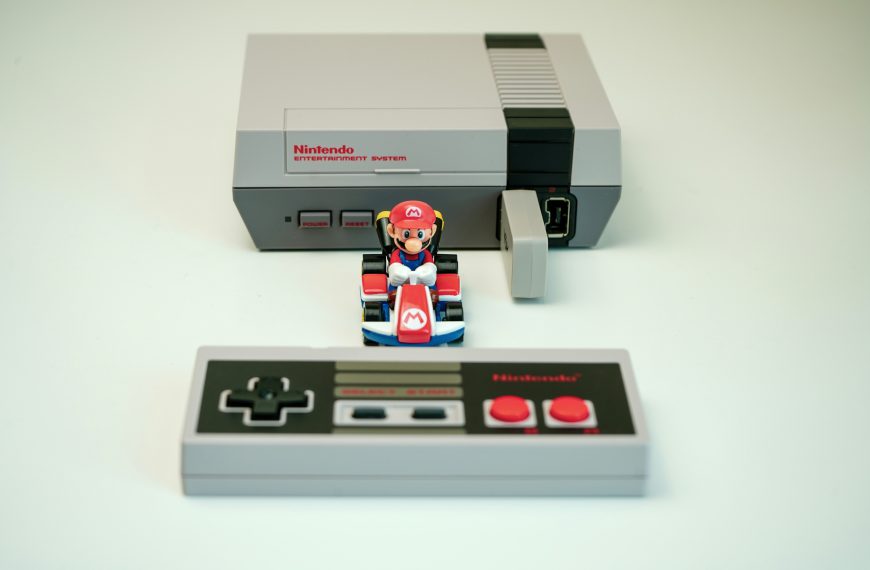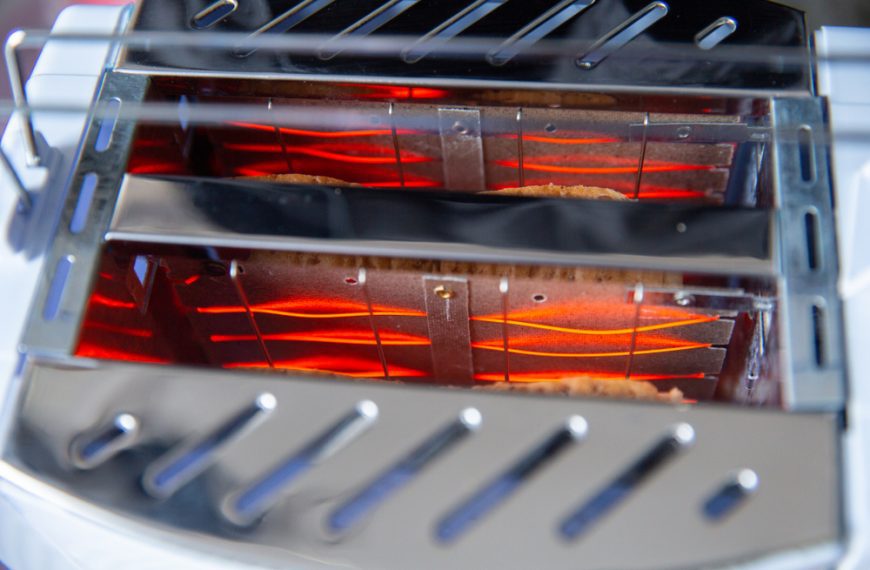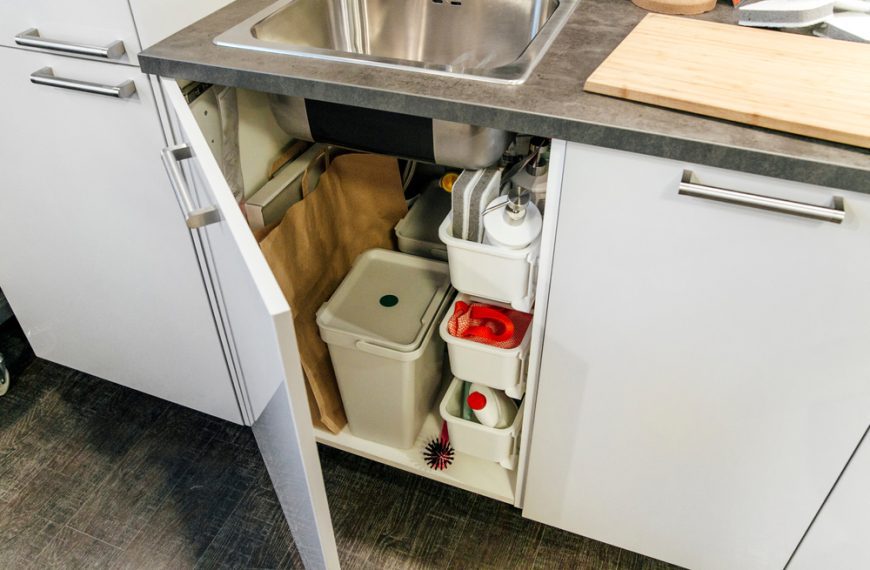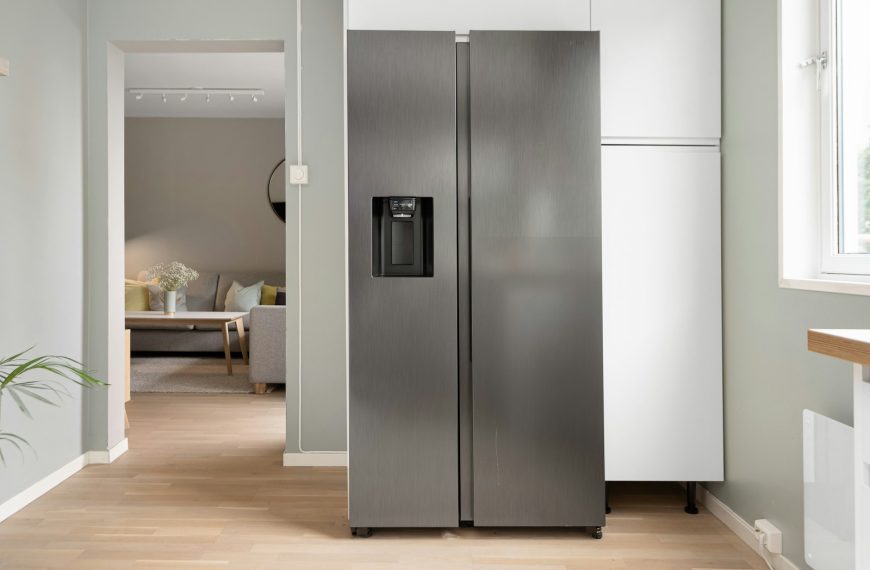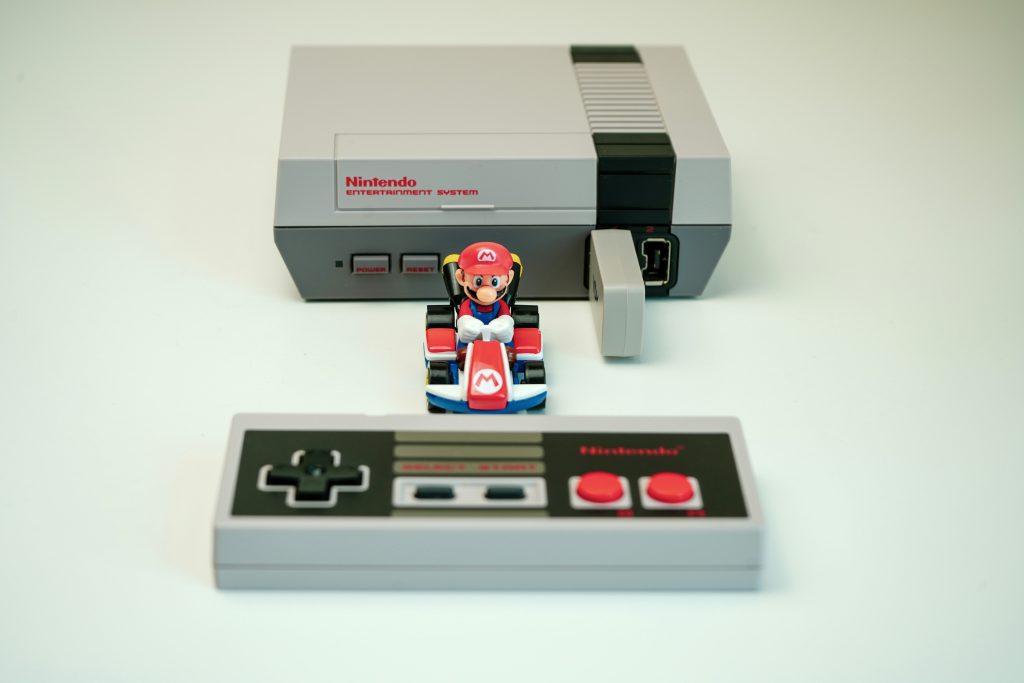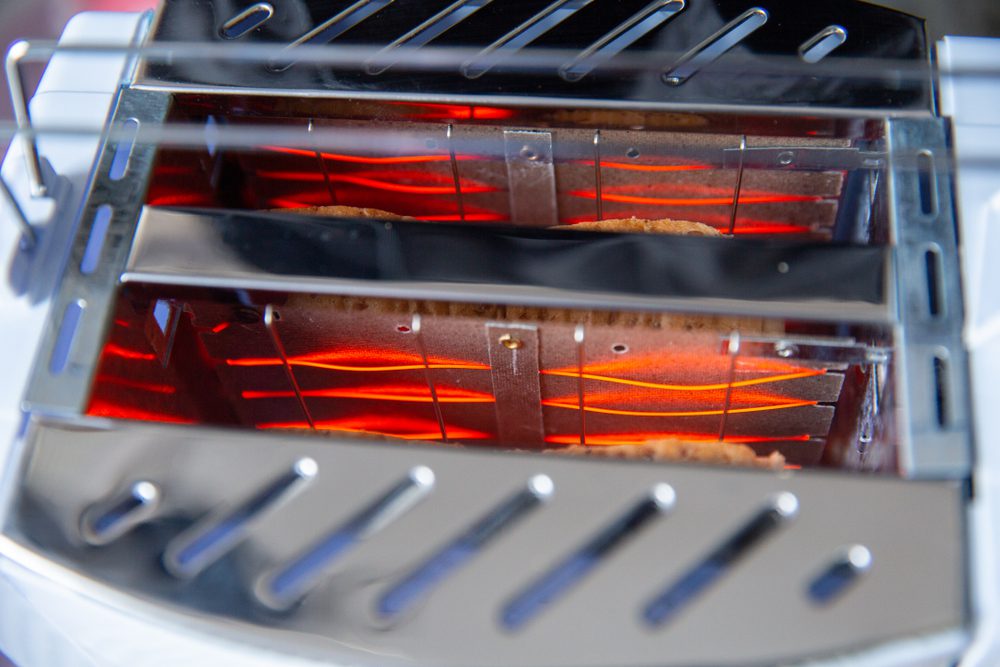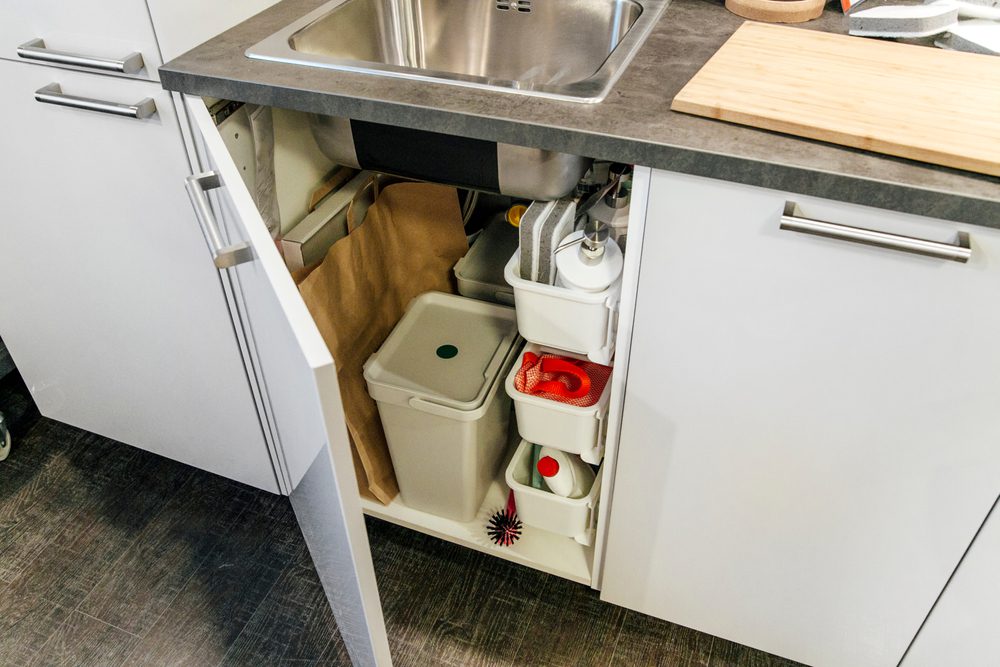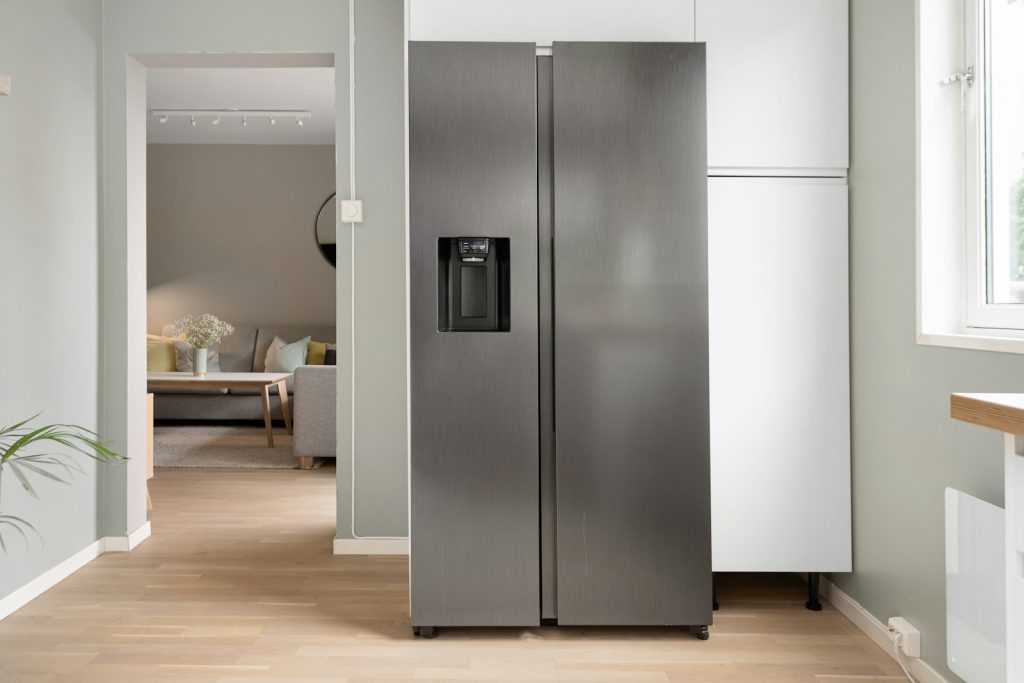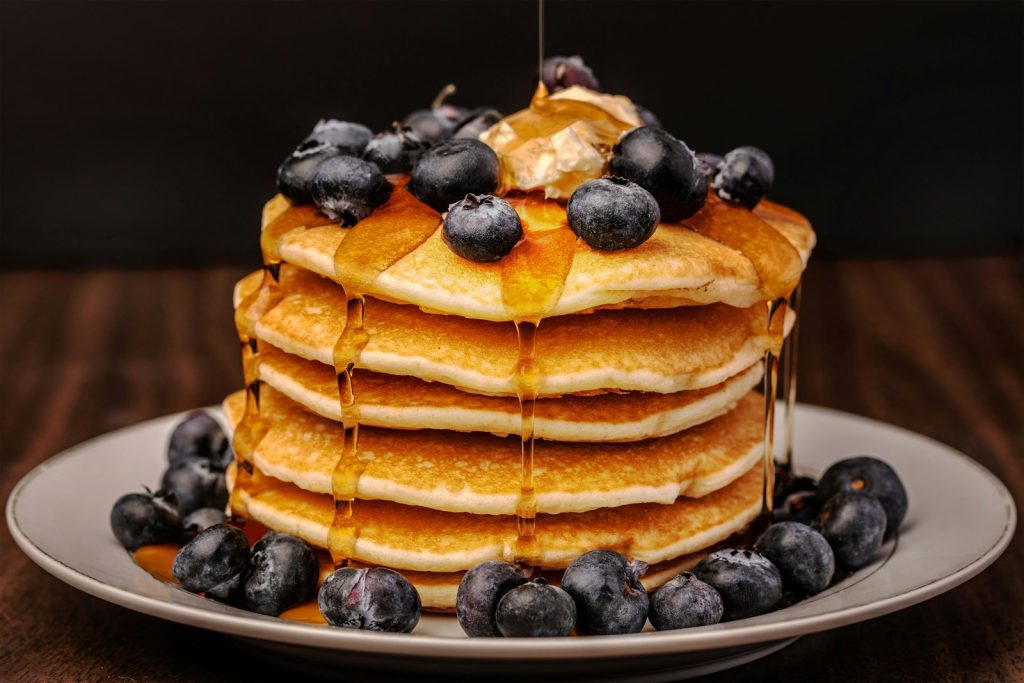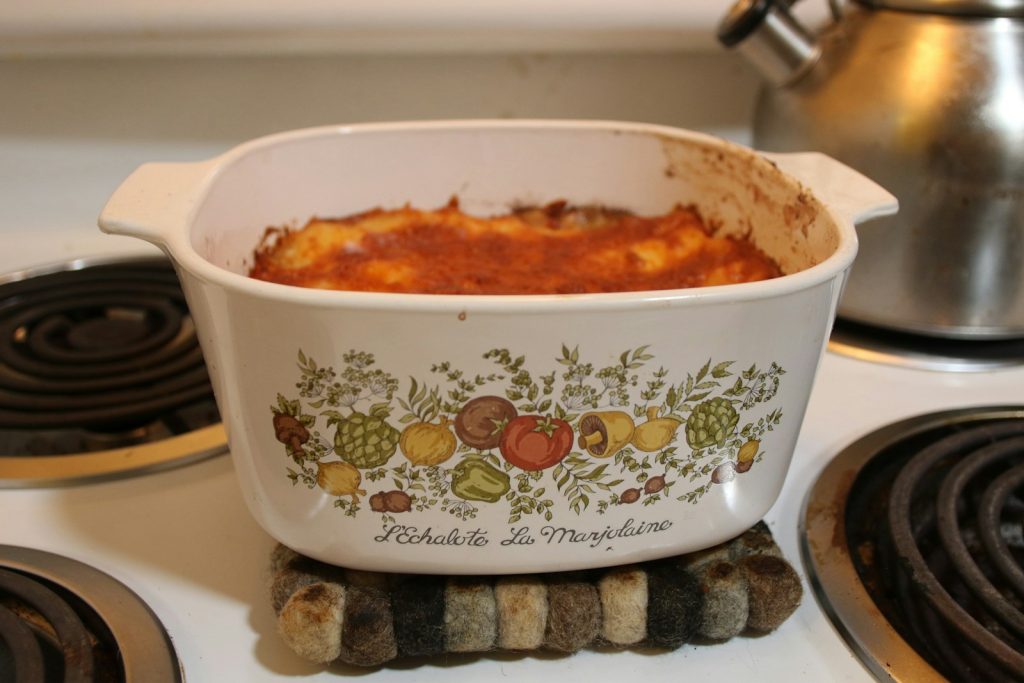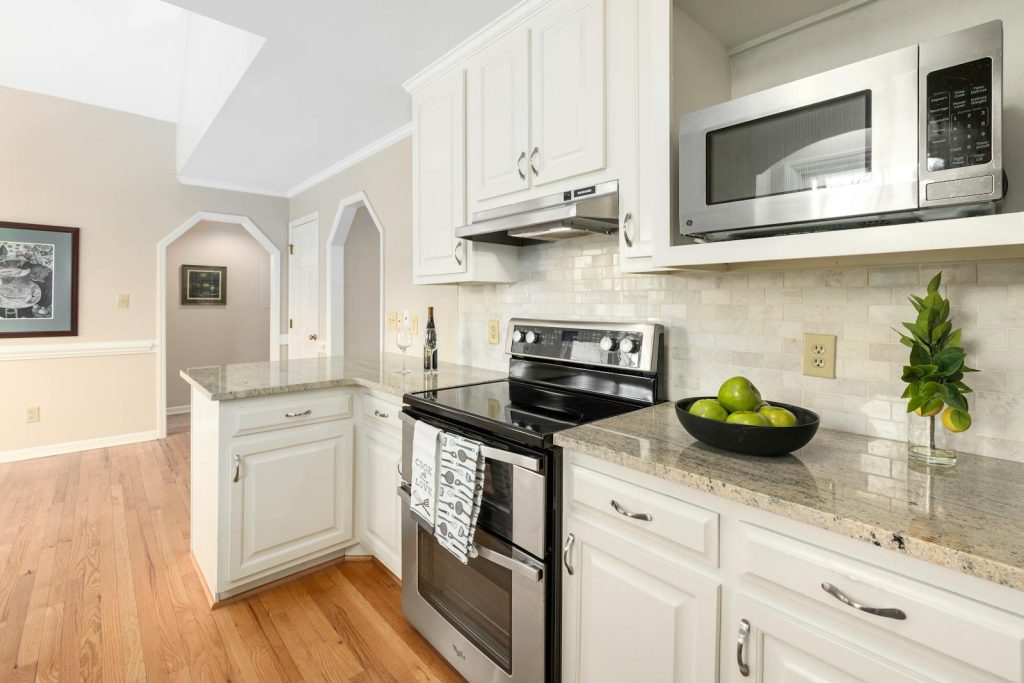We all love the heart of our homes – the kitchen. It’s where we cook mouthwatering meals, share laughter, and make memories. However, between the appliances and gadgets, your kitchen can be a significant energy drain. As an expert in home improvement and energy efficiency, I’ve curated a list of often overlooked culprits that could be hiking up your energy bills.
Discover the hidden energy drains in your kitchen and learn practical ways to make your space more energy-efficient. You’ll not only reduce your carbon footprint but also save some green in the process.
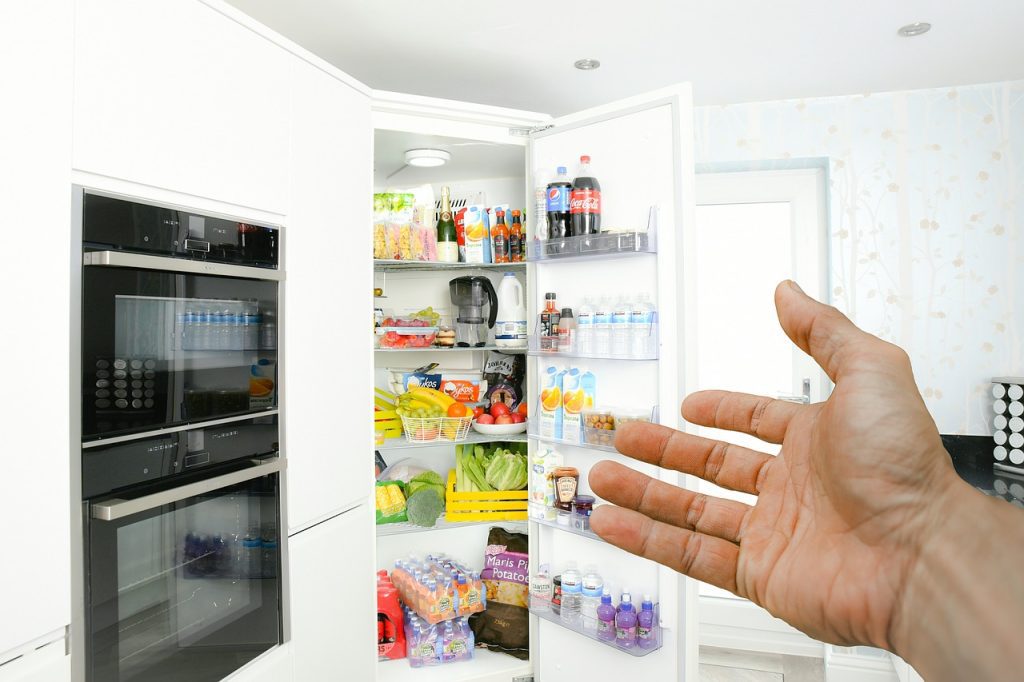
The Fridge That’s Always Running
That old refrigerator humming in the corner of your kitchen is more than just an appliance—it’s a silent energy guzzler. While it faithfully keeps your food fresh, older models can consume up to three times more energy than newer, efficient ones.
Consider replacing it with an Energy Star-rated model, which uses at least 15% less energy than non-certified models. Also, ensure your fridge temperature is set between 35 and 38 degrees Fahrenheit to optimize efficiency without compromising food safety.
Unsealed Oven
The heavenly aroma of a baking apple pie can quickly dissipate if your oven door seal is damaged or loose. A poorly sealed oven forces it to work harder, consuming more energy while also making your kitchen uncomfortably warm.
Regularly inspect your oven door for any signs of wear and tear. If it’s not sealing properly, it’s time to replace it. Also, consider using your microwave or toaster oven for smaller meals—they use less energy.
Idle Dishwasher
A dishwasher sitting idle may seem harmless, but it could be siphoning energy without you even realizing it. This ‘phantom load’ means your dishwasher consumes energy even when not in use.
Save energy by utilizing the energy-saving setting or running your dishwasher during off-peak hours. Always wait until you have a full load before running it, and consider air-drying your dishes instead of using the heated dry cycle.
Inefficient Lighting
Lighting sets the mood in your kitchen, but your peppy incandescent bulbs could be burning through more energy than necessary. Less efficient lighting not only costs more on your utility bill but also generates unnecessary heat.
Swap out your old bulbs for LED or CFLs, which use up to 80% less energy and last longer. Consider adding under-cabinet lighting—it’s an effective way to brighten your workspace while using less energy.
Overworked Range Hood
Your range hood is a kitchen hero, whisking away smoke and odors. However, if it’s always on, it can pull out more than just unwanted smells—it can also drain your energy.
Use your range hood sparingly and only when necessary. When replacing, opt for an energy-efficient model with variable speeds and good filtration. Don’t forget to clean or replace the filters regularly to ensure maximum efficiency.
Unplugged Small Appliances
Those handy kitchen gadgets—coffee makers, toasters, blenders—are often left plugged in even when not in use. However, even when turned off, these appliances draw power, contributing to the ‘vampire’ power draw.
Unplug these small appliances when not in use, or invest in a smart power strip that cuts off power when the devices are off. This simple act can save you a significant amount in the long run.
Understanding the hidden energy drains in your kitchen is the first step towards creating a more energy-efficient home. By making these small changes, you can significantly reduce your energy consumption, save money, and create a more sustainable kitchen. It’s a delicious win-win situation for all.


